This project uses a high-frequency switching transistor, specifically the BD139, which is known for its strong performance and ability to boost signal strength. The saying goes, "The stronger the component, the greater the responsibility." That’s why it's important to handle this device with care, especially when working with sensitive electronics like hard drives. This setup can generate high-frequency electromagnetic fields, which might interfere or even damage nearby devices if not used properly.
Always take safety precautions when working with transformers. Use insulated bushings to avoid electric shocks, and avoid using power adapters or batteries during the process. Instead, use a direct power source with proper insulation and grounding.

This wireless LED light project is a great way to explore the principles of electromagnetic induction in a hands-on manner. It's simple to build and requires only basic electronic components that are easy to find. Here’s what you’ll need:
- 2 x 2-turn coil
- 33k ohm resistor
- 100nF capacitor (also labeled as 104)
- 100μH inductor
- One LED (red, orange, or red patch works best)
- BD139 transistor (or similar type)
- Bridge rectifier (you can use 1N4148 diodes)
- A perforated board (3x3cm)
- Wires, solder, and a power supply (6-12V)

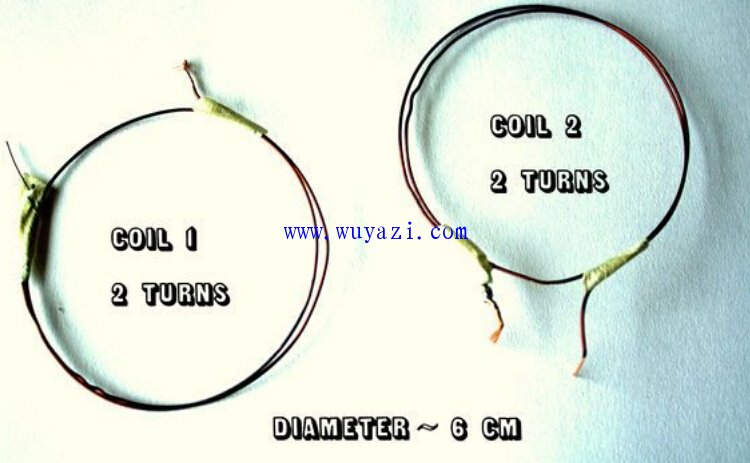

Step 1: Gather Materials
You can repurpose old magnetic rings for the coils. The BD139 transistor, 33k resistor, and 100nF capacitor are common components found in most electronics stores. For the inductor, you can either salvage one from an old circuit board or wind your own around a ferrite core. As for the bridge rectifier, you can make it using four 1N4148 diodes.
Step 2: Build the Mini Bridge Rectifier
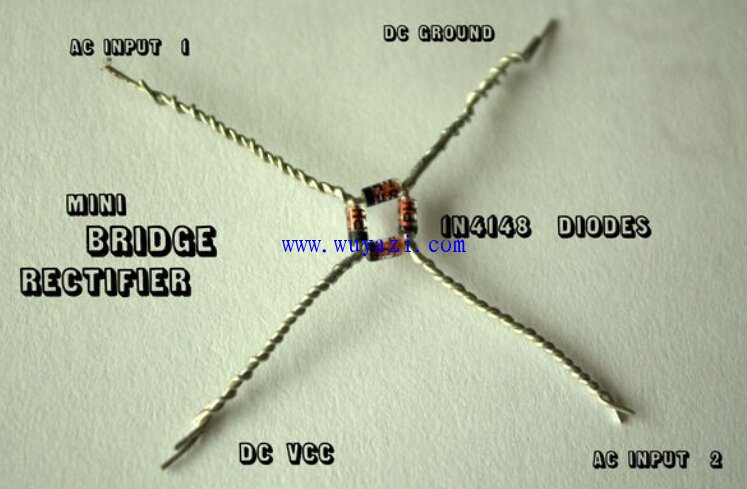
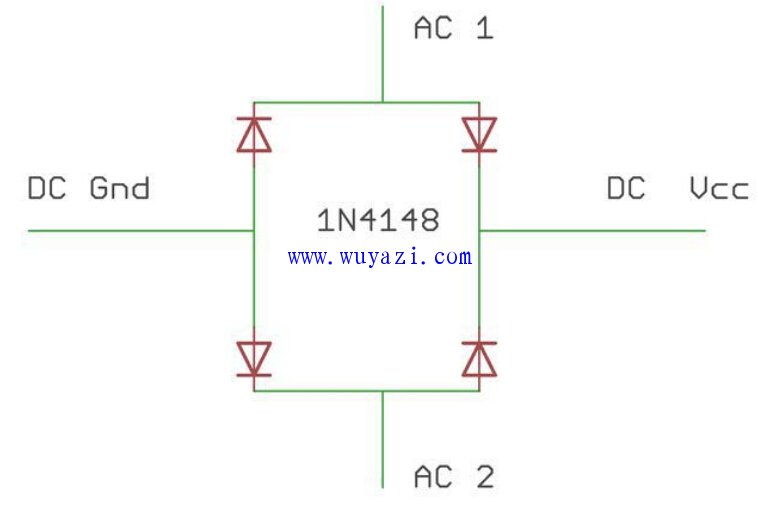
To construct the bridge rectifier, connect the four 1N4148 diodes according to the schematic. Make sure to observe the polarity—each diode has a black stripe indicating the negative side. After connecting them, solder the wires together to complete the bridge.
Step 3: Solder the Circuit
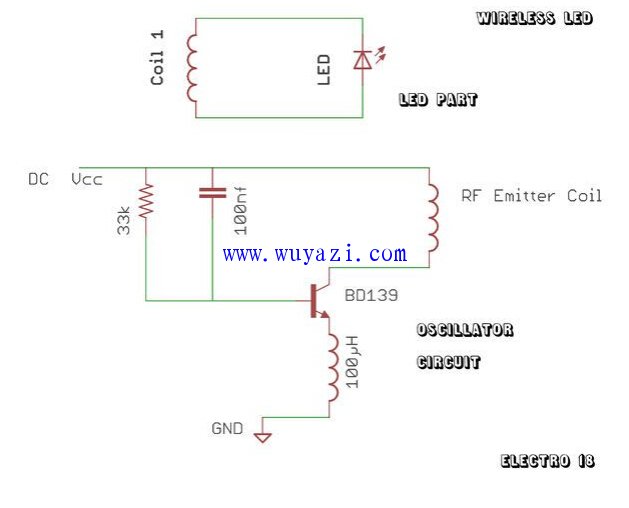
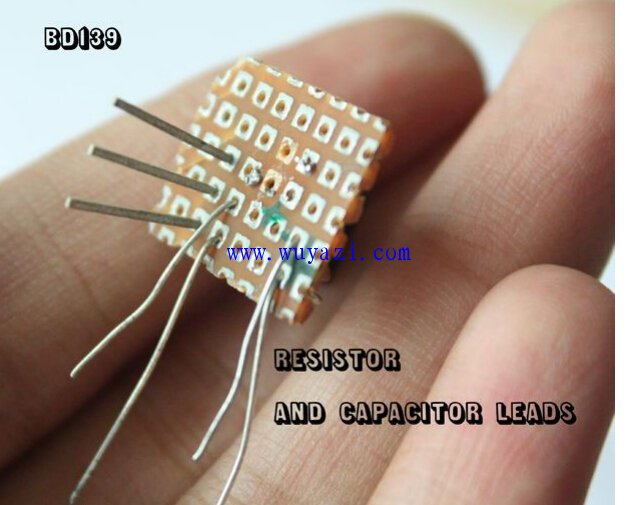
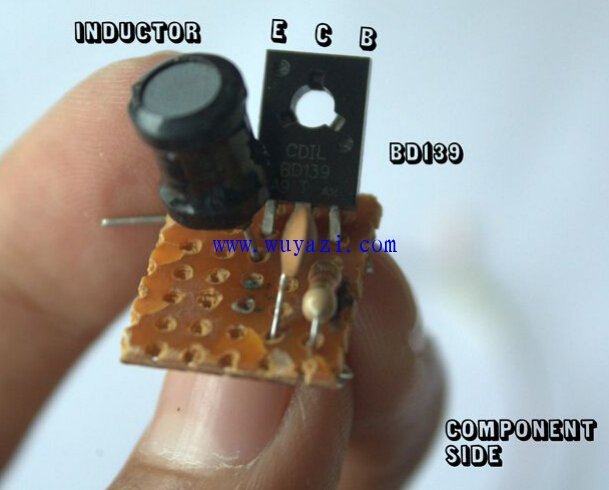
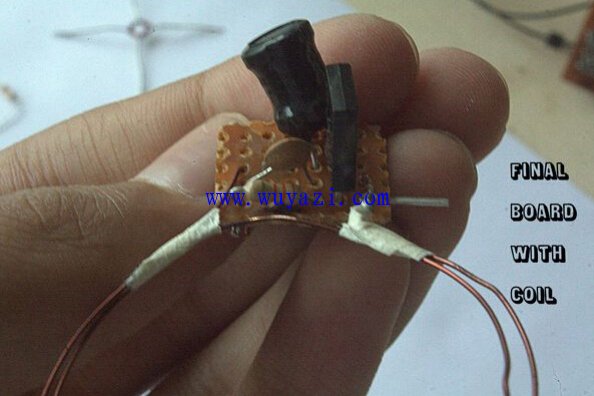
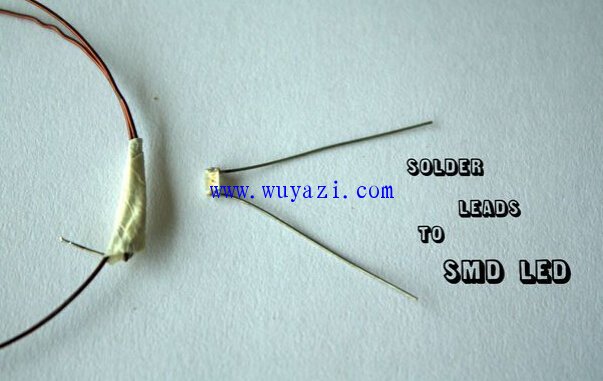

Begin by following the schematic and soldering all components onto the perforated board. You can also test the circuit on a breadboard first. Be careful when soldering the coil—keep it round and flat to ensure optimal performance. For the LED, if it's an SMD type, add leads to the pads. If it's a through-hole LED, simply solder the leads directly to the coil without worrying about polarity.
Step 4: Understanding the Principle
This project relies on mutual induction. The primary coil generates a magnetic field, which induces a current in the secondary coil connected to the LED. This creates an electromagnetic field that allows the LED to light up wirelessly.
Step 5: Test and Troubleshoot
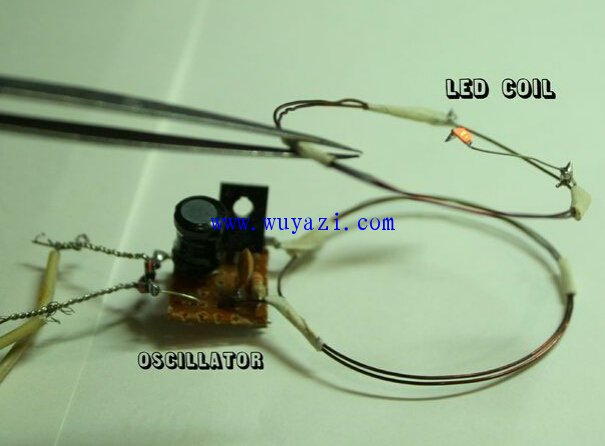
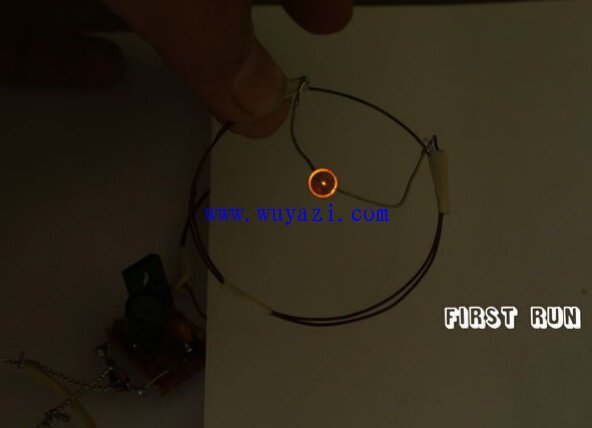

Circuit Testing:
- Connect the oscillator to a DC power supply (6-12V depending on the transistor).
- Place the driver coil on a stable surface.
- Hold the LED coil so that both coils are aligned and parallel.
- Bring the LED coil close to the oscillating coil (without touching it).
- The transistor may get warm, but that's normal.
- If everything works, the LED should light up!
Troubleshooting Tips:
- Check all solder joints for any cold or broken connections.
- Ensure there are no loose contacts on the oscillator board.
- Make sure the coil is perfectly round and undistorted.
- Keep the coils at the optimal distance for maximum efficiency.
- If the LED doesn’t light up, try adjusting the angle of the coils.
This simple yet effective project demonstrates the fascinating world of electromagnetic induction and provides a fun way to learn about electronics. With a bit of patience and attention to detail, you'll be able to create a wireless LED light that truly lights up the imagination.
The 5000W Portable Power Station (5000W portable power station) category is described as follows:
I. Product overview
Power and capacity: 5000W Portable Power Station is known for its power rating of up to 5000 watts (some products may have higher peak power) and several kilowatt-hours (such as 5120Wh) large capacity battery, which can easily cope with the use of high-power equipment needs to provide long-term power support.
Application scenario: The product is widely used in outdoor exploration, camping, driving, family emergency, photography, field work, emergency rescue and other scenes, is an ideal companion for outdoor activities, but also an important reserve for family emergency.
2. Main functions and characteristics
High efficiency: The use of advanced battery technology and inverter technology to achieve high efficiency conversion, reduce energy loss, to ensure the stability and reliability of power output.
A variety of charging methods: support a variety of charging methods such as mains charging, vehicle charging and solar charging, users can choose the appropriate charging method according to the actual situation. The solar charging function makes it possible to achieve autonomous charging in the outdoor environment, increasing the convenience of use.
Multiple output ports: Equipped with a variety of output ports, including AC output, DC output, USB output, Type-C output, etc., to meet the charging requirements of different types of devices. Some products also support fast charging functions, such as the Type-C port that supports PD 100W fast charging, which can greatly shorten the charging time.
Intelligent management system: Some high-end models are equipped with intelligent management system, which can monitor the battery status, output power, remaining power and other information in real time, support intelligent charge and discharge control, improve the use efficiency and extend the battery life.
Security protection mechanism: Built-in multiple security protection mechanisms, such as overvoltage protection, overcurrent protection, short circuit protection, temperature protection, etc., to ensure that the power supply is automatically cut off in abnormal cases, ensuring the safety of users and devices.
Portability: Despite the large power and capacity, products are designed with a focus on portability, often using lightweight materials and compact construction for ease of carrying and moving. Some products are also equipped with handles or rollers and other designs to facilitate the handling and use of users in different scenarios.
5kw Solar energy system, 3.2V lifepo4 battery cell, 500W power inverter, 500W solar panel, 5kw Portable Power Station
Foshan Keylewatt Technology Co., LTD , https://www.klwenergy.com
